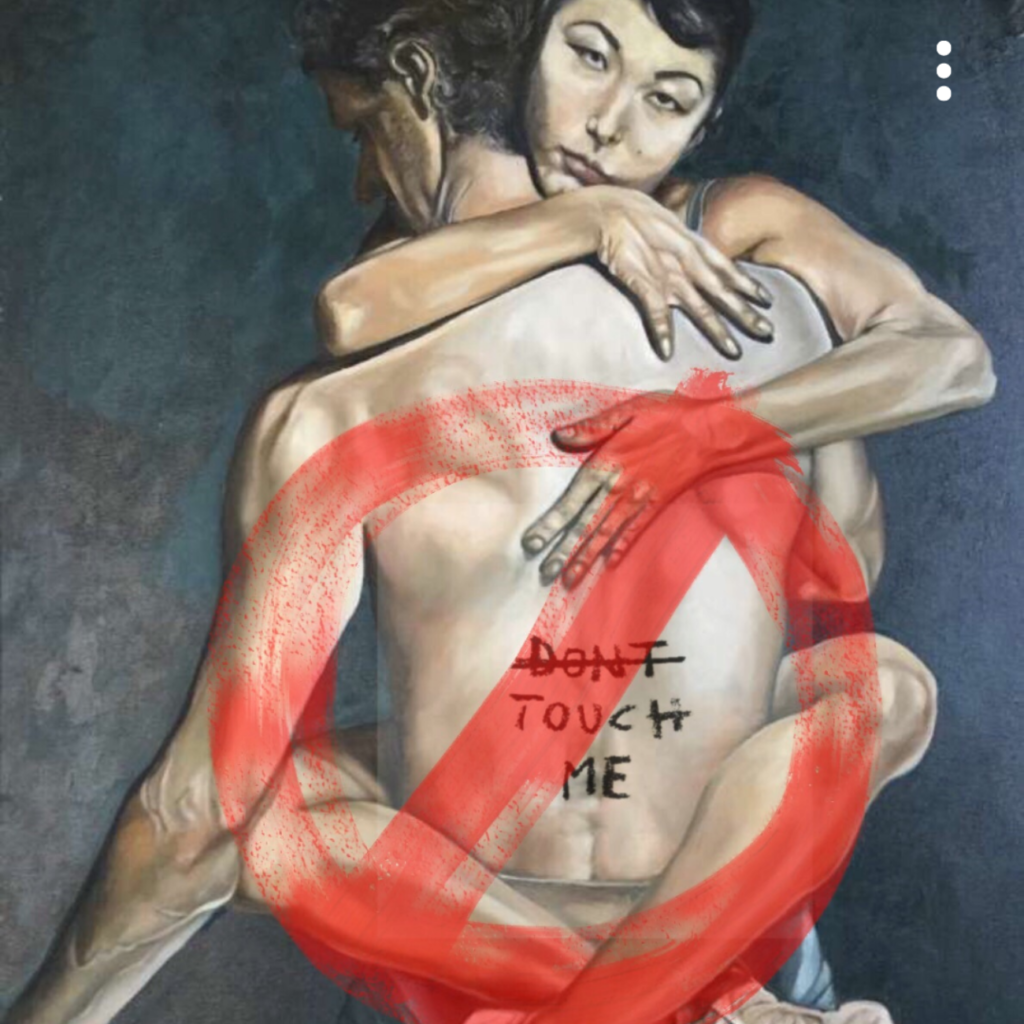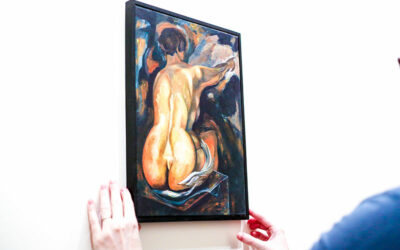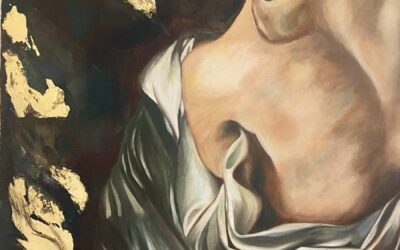In recent months there has been more and more talk about NFTs, an acronym that means non-fungible token. But what are they and how are they born?
It all started with a group of smart kids who loved video games and who shared the technological paradigm of “Blockchain”, which would have allowed the democratization of any activity, thanks to the efficiency of the algorithm.
Put like this it seems absurd, but when you think about it it works.
Let’s imagine a system in which there is no “supreme” decision maker, a leader who can change the rules, but a network of IT nodes that must reach consensus to validate any action, allowing decentralization, complete traceability of transfers, disintermediation, transparency, immutability of the register, programmability of transfers.
This group of millenials understands one thing: while a crypto currency is fungible (let’s also say divisible, to simplify, and therefore can also be used partially for the purchase of other goods), a video game cannot be divided into independent parts, but represents a unique object that must remain so.
NFTs
This is how Non Fungible Tokens were born, what we could call indivisible and/or non-replicable tokens.
These guys are the ones who invented Cryptokitties, digital kittens created by an algorithm, whose value depends on the difficulty of acquiring all or part of the characteristics designed by the algorithm itself.
It was the beginning, even if the real inventors of NFTs are Anil Dash and Kevin McCoy, in 2014 in New York.
These are “property” certificates, created for digital works, but whose applications are practically infinite.

It is – in a nutshell – a special type of cryptographic token that represents the deed of ownership and the certificate of authenticity written on Blockchain (and therefore immutable) of a unique asset (digital or physical).
Where are they used?
NFTs are used in particular applications that require unique digital objects such as crypto art, digital collectibles, and online games.
The art world is one of the first fields of use of NFTs,because the work of art – by its nature – should be unique and non-reproducible.
However, the applications are multiplying. High fashion is launching its NFTs (Dolce & Gabbana and Prada are the precursors), Ferrari, but also Lego and Rolex.
Let’s imagine combining the real good with the virtual one, each of which can have a life in itself, with dynamics of value, refinement, independent rarity and indeed with the guarantee of immutability of the NFT compared to the real good, subject to the wear and tear of time , use and risks of theft.
Some restaurants have created NFTs of their original dishes and recipes, which become the property of those who invented them or perhaps just “tokenized”.
My vision

Today we hear about NFTs even in bars, because we think (mistakenly) that it is sufficient to digitize an object (artistic, rare, funny, etc.), put it on one of these platforms (the best known which runs on Ethereum technology is Opensea ) and get rich.
I’m sorry, but that’s not the case. The digital world is no different from the real one. If there is no value, fashion is not enough to become a millionaire.
It is always essential to build your own community, cultivate it, intrigue it, pamper it, cajole it if you want, focus on your storytelling, clarify your brand and who your proposal is addressed to and then, only then, will you be able to obtain the results, with There is an undoubted advantage that an object on the blockchain is by definition immutable and unique, certified by a potentially infinite number of IT nodes all in agreement with each other.
I have one last question left. Is the crypto world democratic?
My answer is undoubtedly no.
It too will make the rich even richer and will not give any chance, not only to the poor (who are destined for the crumbs which obviously increase as the rich get richer), but to the social lift, which should be the push for the improvement of ‘humanity.
Let’s imagine the rich gentleman who buys Crypto by moving money from Hong Kong to Singapore, who exchanges the capital gains with Fiat money from a crypto wallet to an account in the Virgin Islands … and then let’s imagine Mr. Rossi who buys crypto from his BCC account via bank transfer on Coinbase and makes a 100% capital gain: at least he will pay 26% in taxes, which would be fair, if the first Lord also did the same.
I greet you with the reflections of François-Henry Pinault, President and CEO of the Kering Group (Gucci, Balenciaga, Bottega Veneta, Saint Laurent, Pomellato, Dodo, etc.) which seems to confirm my previous reflection:
“blockchain allows rarity, uniqueness and therefore ownership of a virtual product, something that didn’t exist until now. New opportunities are therefore created, of three types: the extension of a physical product into the virtual world, for example NFTs linked to a real product, and we are already testing something on this;
then new purely virtual products; and finally we are exploring the possibility of smart contracts.
Today we sell a product, and if the customer resells it to third parties, we get nothing. With smart contracts and virtual products, a part of the proceeds could automatically return to the fashion house.”
What can I say… goodbye to the Metaverse that everyone knows is there, but no one fully knows what it is 😊




0 Comments